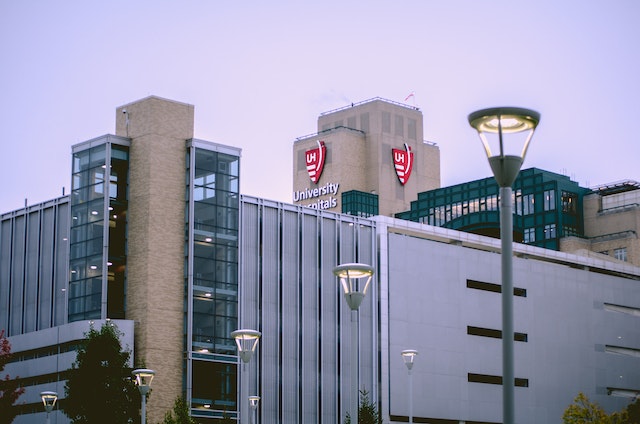Introduction
Lighting is a fundamental aspect of the hospitality industry that often goes unnoticed until it’s done wrong. It can create the perfect ambiance and enhance the guest experience, making it an integral part of interior design. In this blog, we’ll explore the world of hospitality lighting, from its importance to best practices and emerging trends.
- The Importance of Hospitality LightingWhen guests enter a hotel, restaurant, or any hospitality establishment, the first impression is crucial. Lighting plays a pivotal role in setting the mood, influencing emotions, and guiding guest behavior. Here’s why it’s essential:
- Creating Atmosphere: Lighting can evoke specific feelings and create the desired ambiance. Soft, warm lighting can make guests feel cozy and relaxed, while bright and energetic lighting is perfect for lively environments.
- Enhancing Design: Lighting can accentuate architectural features, artwork, and interior design elements, making them more prominent and captivating.
- Improving Functionality: Effective lighting ensures that guests can navigate the space comfortably, read menus, and enjoy their surroundings without straining their eyes.
- Types of Hospitality LightingHospitality lighting involves a combination of different types to meet the various needs of a space:
- Task Lighting: Provides focused illumination for specific tasks, such as reading, dining, or working.
- Ambient Lighting: Creates overall illumination and sets the mood within a space.
- Accent Lighting: Emphasizes specific areas or objects, like paintings, sculptures, or architectural details.
- Decorative Lighting: Adds aesthetic appeal and can serve as a focal point in the design.
- Best Practices for Hospitality LightingAchieving the right balance between different types of lighting is crucial for an exceptional guest experience. Here are some best practices to follow:
- Layered Lighting: Use a combination of task, ambient, accent, and decorative lighting to create a harmonious and functional space.
- Energy Efficiency: Consider energy-efficient lighting solutions, such as LED bulbs, to reduce operational costs and minimize environmental impact.
- Control Systems: Implement lighting control systems to adjust lighting levels according to different times of day and activities. This not only saves energy but also enhances flexibility.
- Customization: Tailor lighting solutions to the unique needs and theme of your establishment. What works for a cozy boutique hotel may not be suitable for a vibrant bar.
- Maintenance: Regularly maintain lighting fixtures and replace bulbs as needed to ensure a consistently appealing atmosphere.
- Emerging Trends in Hospitality LightingThe hospitality industry continually evolves, and so does lighting design. Stay up-to-date with these emerging trends:
- Human-Centric Lighting: Lighting that adjusts color temperature and intensity to mimic natural daylight, promoting guest comfort and well-being.
- Smart Lighting: Integrating lighting with advanced control systems and automation for energy savings and improved guest experiences.
- Sustainability: The use of eco-friendly materials and practices, including sustainable lighting options, to reduce the environmental footprint.
- Customization through Technology: Using programmable LED lighting to change colors and create dynamic, immersive experiences, such as light shows and themed environments.
